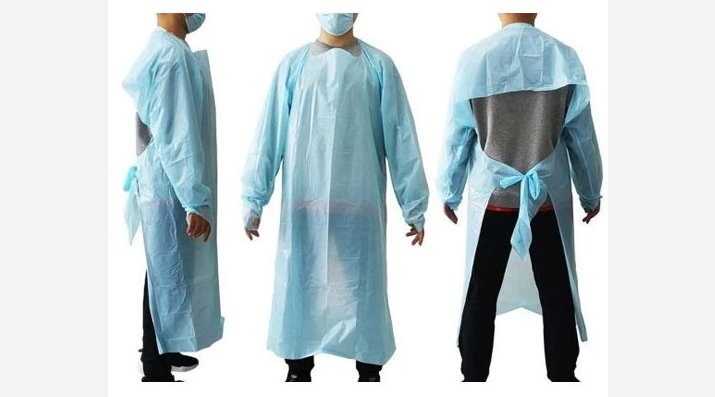In the vast expanse of occupational safety and health measures, the significance of protective clothing such as gowns and coveralls cannot be overstated. These critical components of personal protective equipment (PPE) serve as the first line of defense against various occupational hazards, including biological agents, chemical spills, and particulate matter. Among the plethora of options available, disposable gowns, isolation gowns, and coveralls stand out for their versatility and importance across multiple industries. This post delves into the vital role these protective garments play and why they are indispensable for ensuring safety and compliance in the workplace.
Check our products here.
The Indispensable Shield: Understanding Gowns and Coveralls
Disposable Gowns and Isolation Gowns: Disposable gowns, including disposable medical gowns and isolation gowns, are predominantly used in the healthcare sector. These gowns are designed to protect healthcare workers and patients from the transfer of microorganisms and body fluids in patient isolation situations. They are a critical component in infection control strategies, especially in procedures involving a high risk of contamination. The term "isolation gown" often denotes a higher grade of protection and is essential in environments where exposure to infectious diseases is a significant risk.
Disposable Surgical Gown: Surgical gowns play a pivotal role in maintaining a sterile environment in operating rooms. They are designed to protect the wearer and the operative area from contamination, making them a staple in surgical procedures. The disposable surgical gown is specially engineered to offer a high level of fluid resistance, ensuring that medical professionals remain dry and protected throughout surgeries.
Medical Gown: The medical gown encompasses a broad category of protective clothing used within the healthcare industry. This includes everything from visitor gowns to more specialized attire like chemotherapy gowns. Each type is tailored to specific needs, focusing on comfort, fluid resistance, and the barrier against infectious agents.
Beyond Healthcare: Gowns and Coveralls in Various Industries
While the healthcare sector is a primary user of disposable gowns and medical gowns, the utility of these protective garments extends far beyond. Isolation gowns and coveralls are crucial in industries such as pharmaceuticals, biotechnology, and manufacturing, where they protect workers from chemical exposure, particulates, and potentially hazardous materials.
Disposable Coveralls: Coveralls provide comprehensive protection, covering the body entirely to protect against hazardous substances or environments. These are essential in chemical manufacturing, paint spraying, and any industry where full-body coverage is necessary to prevent skin exposure to harmful materials.
The Significance of Protection: The importance of gowns and coveralls in any industry cannot be understated. They not only ensure the safety and health of employees but also comply with occupational safety and health regulations. By preventing direct contact with hazardous materials, these protective garments significantly reduce the risk of occupational diseases and injuries.
Conclusion
The adoption and correct use of disposable gowns, isolation gowns, disposable surgical gowns, medical gowns, and coveralls are pivotal in safeguarding workers across a multitude of environments. These protective garments are the unsung heroes of workplace safety, offering a barrier against numerous hazards that can lead to serious health issues. As industries evolve and new challenges emerge, the importance of these protective measures only grows, highlighting the need for continuous innovation and adherence to safety standards to protect those who work tirelessly across various sectors. In the end, the protection provided by gowns and coveralls is not just about meeting regulatory requirements but about preserving the well-being and productivity of the workforce, which is invaluable.

